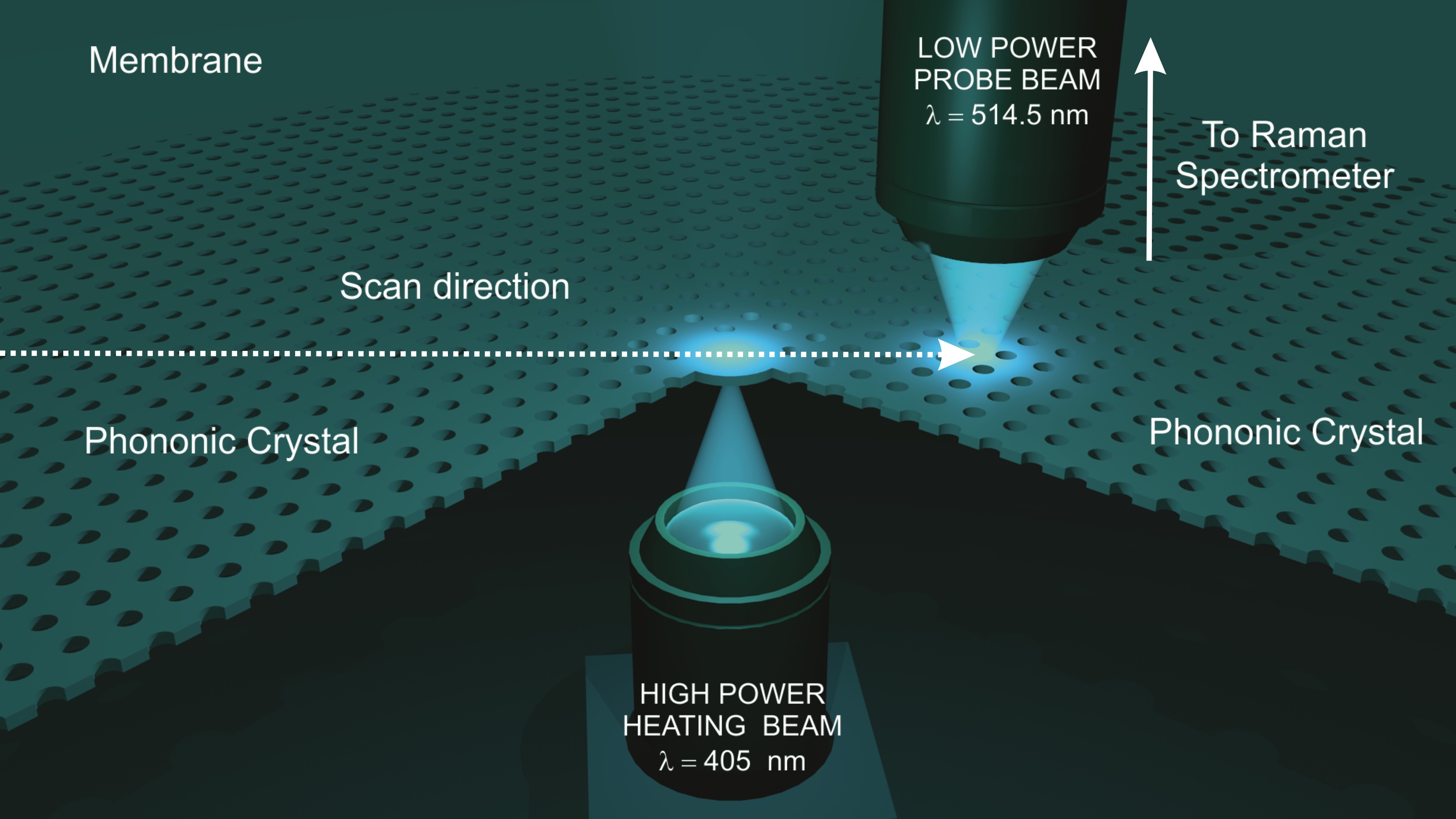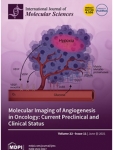
Supervisory institution:
Foundation for Polish science
Project manager:
Dr. Bartłomiej Graczykowski
Budget:
687 790,00 PLN
Start date:
01.01.2017
Duration:
24 miesiące
Contract number:
Homing/2016-1/2
Sound and heat in solids propagation, commonly understood as separable phenomena, both originate from the transport of the lattice vibrational energy via wave-packets showing particle-like behaviour. These quasi-particles, phonons, similarly as other everyday particles: photons and electrons can be considered as energy and information carriers. The research from the last decades shows a successful management of electromagnetic waves and electrons at the micro- and nanoscale, which was gladly transferred into applications and devices operating in a wide range of energies. Similar efforts deployed, notably in the framework of a new research field of nanaophononics, attempt to achieve a comparable degree of control over GHz and THz phonons accounting for the hypersound and heat transport, respectively. Nowadays, the most important challenges facing this field are: development of GHz-THz coherent phonon sources, waveguides, radio frequency devices, and acoustic and thermal diodes, progress in the efficient thermal management for the continued miniaturisation of electronics, energy harvesting and waste heat recovery, enhancement of photon-phonon interaction in optomechanics, and investigation of new state variables for future information and communication technologies (ICT). All these challenges open many fundamental questions and at the same time give many opportunities for GHz-THz phonons management with unprecedented accuracy. The phenomena of sound and heat flow are fundamental issues of basic research as well as a key problem of many everyday technological applications. The need for high frequency phonons management arises from new challenges brought by the quest of continuous improvement and miniaturisation of nanodevices. Although the transport of the vibrational energy has been studied for centuries the advent of nanotechnology has induced the new research attempting to revise fundamental features of sound and heat at the nanoscale.
An effective control over the phonon propagation in solids can be achieved by means of novel synthetic periodic materials, i.e. photonic crystals (PnCs) over a wide range of frequencies, and in a way that is out of reach by bulk materials. Recent advances in Si-based fabrication methods have allowed reduction of the characteristic sizes far below one micrometre. As a consequence it has enabled the control over the fundamental properties governing the GHz-THz phonon propagation (dispersion relation and mean free path) by means of PnCs. The artificial second-order periodicity of PnCs may results in reduction of group velocity, modified density of states and, under certain conditions, the most prominent feature of PnCs – a selective broadband isolation of phonons by Bragg band gaps. Moreover, due to structure imperfections such as surface roughs resulting in diffuse scattering on the boundaries, the phonon mean free path of THz phonons can be shortened and the lattice thermal conductivity supressed. Nevertheless, the phenomenon of the reduced thermal conductivity in PnCs, its physical origin, i.e. the contribution of coherent (wave-like) and incoherent (particle-like) processes, the role of structure porosity, lattice parameter, disorder, surface roughness, native oxide, phonon dispersion and mean free path, are still a matter of a lively and widespread debate employing various theoretical models and experimental techniques.
The project aims to give a new insight on the sound/heat propagation altered by nanoscale periodic patterning of quasi-2D materials. In particular, the objectives are: (i) to design and fabricate PnCs based on Si membranes of a feature size from 100 to 1000 nm, (ii) to determine the reduction of the thermal conductivity in Si PnC membranes as a function of the surface to volume ratio, (iii) to determine temperature dependence of the thermal conductivity in a range of about 300-1000 K, (iv) to investigate influence of the coherent effects, i.e. modified phonon dispersion, local resonances, possible phonon band gaps on the thermal conductivity, (v) to investigate the influence of the structure imperfections, surface roughness, presence of the native oxide on the thermal conductivity, (vi) to investigate and quantify air convective losses in Si membranes and PnCs, (vii) to ascertain the role of controlled disorder on the GHz-THz phonon transport and possible (Anderson) localisation in PnCs. To address all the above objectives the project proposes a systematic investigation including the design supported by the finite element method and nanofabrication performed using the technological processes of silicon. The Samples will be characterised by means of novel non-destructive and contactless techniques based on inelastic light scattering - Brillouin (hypersound) and Raman (heat) Spectroscopy.


